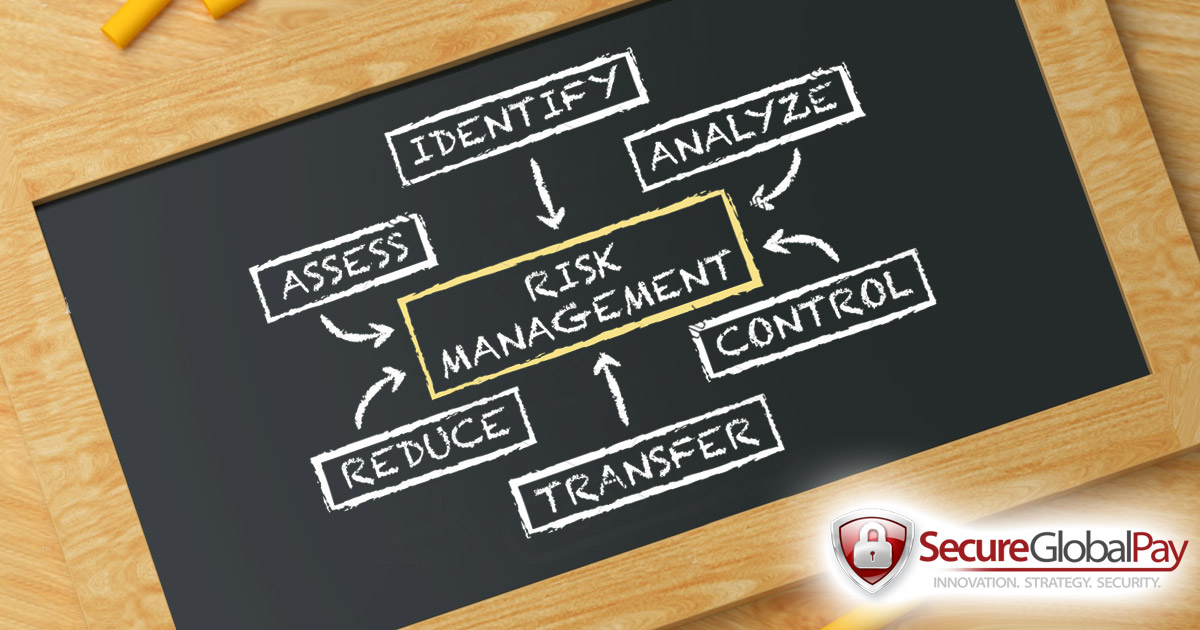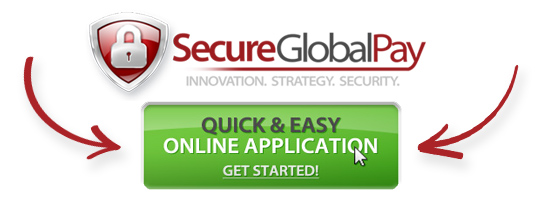What is the Chargeback Process?
Any business that accepts credit card transactions must occasionally deal with the problem of chargebacks and the Chargeback Process itself.
Chargebacks are the one problem that can reverse all the advantages and conveniences enjoyed by businesses that accept credit card payments.

What is a chargeback?
The term “chargeback” can be used in two different ways:
- A chargeback is the reversal of a credit card transaction intended to protect a customer and/or merchant from fraud.
- A chargeback is a demand from a credit card provider to a retailer to cover the loss of a fraudulent or disputed transaction.
A chargeback is not merely a refund. It is important to understand the differences.
- A refund is initiated by a merchant to return the funds of a single transaction on a card.
- A chargeback is a dispute started by the cardholder that is intended to secure a return of credit card funds.
In addition to covering the lost funds, a retailer in a chargeback scenario is typically required to cover additional fees incurred as penalties. These penalties can come from either the bank or credit card provider.
Chargebacks were created by the U.S. government in its landmark 1974 Fair Credit Billing Act. The purpose of the Act was to reassure Americans of the safety of using credit cards by providing a mechanism to shield cardholders against fraud.
It is worth noting that, while a matter of law, the chargeback process is now over forty years old and somewhat dated. The system was designed in the pre-Internet era and does not account for modern technology and its consequences. The chargeback process is also easy to abuse as most of the burden falls on the merchant.
Regardless of where the burden rests, however, the purpose of chargebacks remains the same: to shield both merchants and customers from fraudulent activity.
Parties Involved
To understand the chargeback process better, it is important to understand the parties involved. Although the principle activity in a chargeback scenario is between a customer and a merchant, the participation of multiple parties is involved. Understanding the role of each clarifies the chargeback process.
- Customer: The owner of the credit card and initiator of the chargeback.
- Merchant: The individual or organization offering goods or services for profit.
- Issuing bank: The bank that issues a credit card of any type to the customer.
- Card association: This is the company that generates the card, bills customers and provides oversight of the process.
- Acquiring bank: This is the merchant’s bank – the one responsible for acquiring payment on the merchant’s behalf.
In the case of an online business, there is an additional party.
- Payment gateway: The online service that processes credit card transactions on behalf of merchants.
Steps in the Chargeback Process
- The chargeback process can be understood as containing ten separate steps.
- A customer conducts a transaction using a credit card.
- The customer then disputes the transaction with the issuing bank.
- The issuing bank reviews the dispute and rules it valid or invalid.
- Valid disputes result in a credit to the customer’s card and initiates the flow of money from the acquiring bank back to the customer.
- The chargeback is submitted to the card association, which passes it on to the acquiring bank, with fees.
- The acquiring bank passes the chargeback on to the merchant along with a reason code.
- The merchant either responds with a justification and defense of the charges or not. If not, the chargeback is settled in favor of the customer.
- Where a chargeback is disputed, the acquiring bank reviews the merchant’s documentation and passes it along to the credit card association. The chargeback is then ruled either valid or invalid.
- If a customer’s chargeback claim is ruled as invalid, the customer has the option to re-issue the chargeback if s/he has compelling evidence supporting their claim.
- Final arbitration: if the chargeback is ruled as valid, the merchant is charged an automatic fee that is predetermined by the acquiring bank and processor. This usually ranges anywhere from $15.00 - $75.00 depending on the nature of the business and risk levels associated with it.
Merchant Losses to Chargebacks
Merchants that lose chargeback disputes forfeit the money from the transaction itself as well as additional fees.
In 2016, e-commerce merchants lost a combined $7 billion to chargebacks.
Preparing for Chargebacks
Fighting a chargeback is difficult. Winning a chargeback dispute is even harder. Banks and card associations tend to rule in the customer’s favor where a dispute with a merchant is concerned. But merchants can take steps to prepare for chargeback disputes.
In disputes, merchants are required to submit “compelling evidence” to prove the legitimacy of a disputed transaction and counter any claims made by the cardholder. Merchants that exercise good record keeping practices will enjoy a definite advantage.
Examples of compelling documentation include:
- A sales receipt
- A delivery confirmation receipt
- A photograph
- A contract
- A signed order
The process of disputing a chargeback is time-consuming and can feel pointless given the tendency of banks and card associations to side with the customer in a dispute. But good record-keeping and adequate preparation can result in disputes being settled in your favor.




